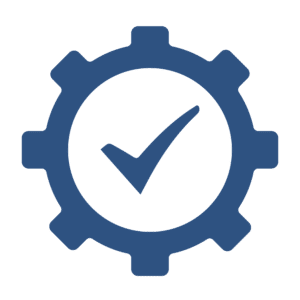You are here: Home » Participants » TM-WISO, PhaST & BT-WISO » Preparation for the test

For test preparation, we recommend the following:

The difficulty of the demo test is similar to the difficulty of the real test. There are easy, medium and difficult exercises; the test is designed in a way that an average participant correctly solves about half of the exercises. For the knowledge modules (e.g. in PhaST), we recommend that you refresh your relevant knowledge from middle and high school.


The competencies we measure with the subject-specific ability modules are the result of many years of learning and development processes; they thus largely elude short-term influence. Wherever possible, we select exercise types for our tests that are demonstrably difficult to train, so that success in the test does not depend on attending expensive preparation courses.

A steady and careful, but nonetheless speedy work promises the best success.
It is all too easy to overlook information that is relevant to the solution by simply skimming over the texts. The response options that appear reasonable at first view are not always correct (but not always incorrect either).
It is possible to generate and benefit from a certain “warm-up” effect, since the first exercises of a group of exercises are usually easier than the following ones.
You must not assume that by not having solved an exercise of a certain group of tasks, you will not be able to solve the next tasks of this group either. In fact, the difficulty of the individual tasks is perceived differently by all persons. Therefore, first work on the tasks that seem easier to you and then, if you still have time left, return to the tasks that are not as easy for you.
For some exercises it is best to initially try to find the solution yourself and then check whether your own solution is among the given answers. If you proceed the other way round, i.e. if you first look at the alternatives offered, you may easily be “led astray”, because the wrong answers are sometimes designed to appear plausible.
If you are unable to find a solution, you may try an “exclusion” technique. Often, the decision is easier if only some of the provided answers are still applicable.
If you cannot solve a task, or a shortage of time does not allow you to complete a task, you should select at random! No points will be deducted for wrong answers, so you may still get some points by guessing.
We design the tests in a way that on average about half of the exercises are solved. This means that the tests provide a good differentiability in both the upper and lower performance range.